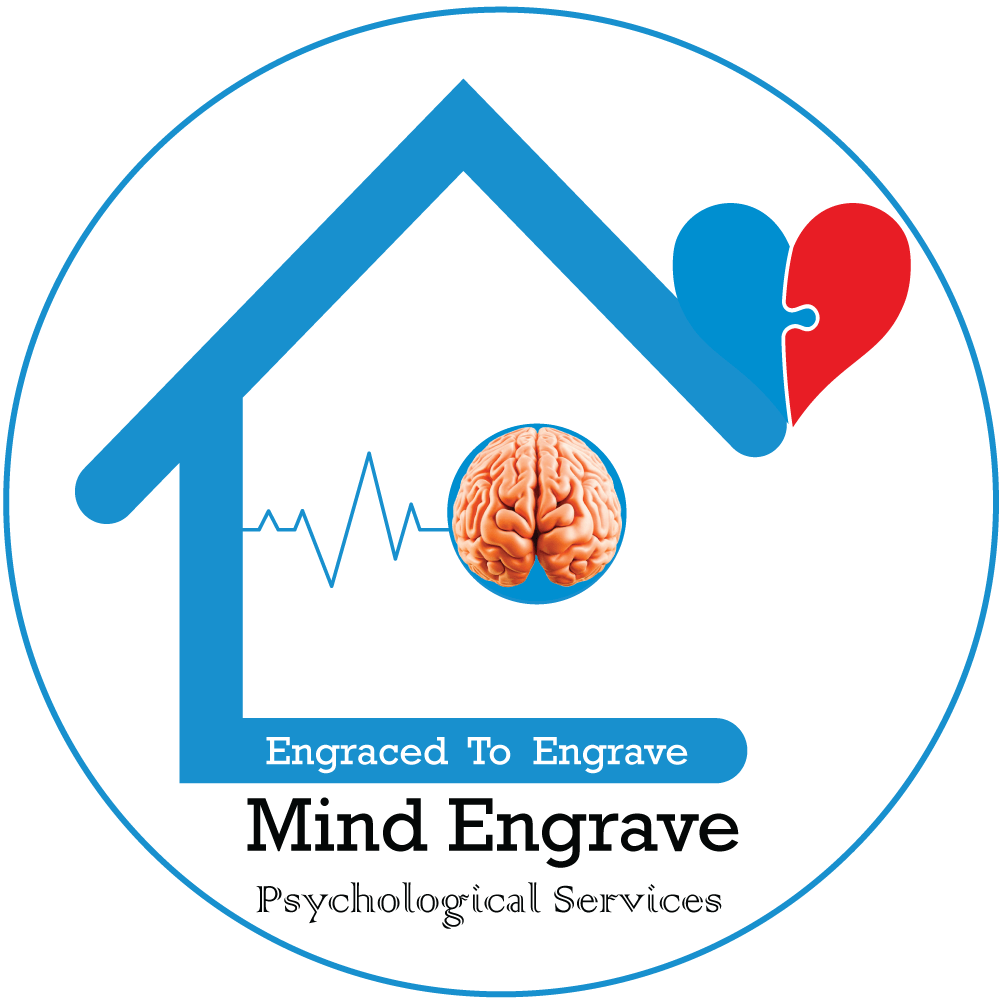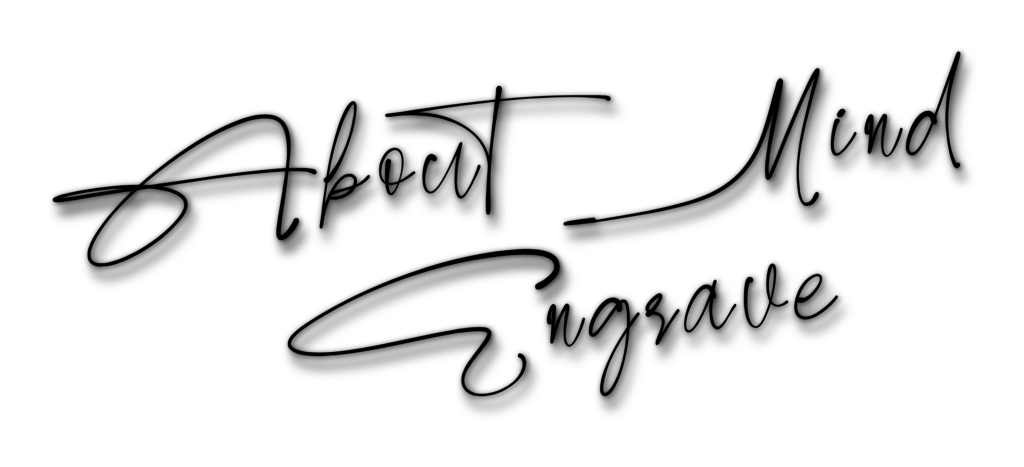Post-Trauma Brain Profiles: 4 Revealing Biotypes and Anxiety
Post-trauma brain profiles now offer a promising way to predict who will struggle most after traumatic events. A 2021 study identified four distinct post-trauma brain biotypes — see the NIMH science update for a clear summary. In the study that was supported by the AURORA project, researchers analyzed brain responses soon after trauma and identified four distinct brain-activity biotypes.
They then tracked symptoms over six months and found that people with a “reactive/disinhibited” profile—high reactivity to both threat and reward and low inhibition—reported much higher PTSD and anxiety symptoms than other groups. This discovery points to concrete steps clinicians and everyday caregivers can take to spot risk and support recovery.
Researchers scanned participants’ brains about two weeks after trauma while they completed tasks that probed threat responses, reward sensitivity, and impulse control. From those scans, they clustered four profiles: reactive/disinhibited (high threat and reward reactivity, low inhibition), low-reward/high-threat, high-reward, and inhibited (low reward, some inhibition).
Then they followed participants for six months, collecting symptom surveys. People in the reactive/disinhibited group reported higher PTSD and anxiety over time compared with other profiles. These findings suggest that combining brain measures with simple behavioral tasks may give clinicians an early signal of long-term risk.
First, clinicians can use early screening more strategically. When emergency-room or trauma clinic staff identify patients with behavioral signs of high reactivity—such as intense fear or impulsive risk-taking—clinicians should prioritize follow-up and early intervention. Second, the research encourages tailored treatment. People whose brains show both threat and reward hyper-reactivity may need therapies that address emotional reactivity and impulsive coping, such as trauma-focused cognitive behavioral therapy combined with skills training for emotional regulation. Third, clinicians should monitor symptoms frequently during the first six months because this period carries measurable divergence in outcomes between profiles. These steps let teams intervene faster and with treatments that match patients’ likely brain-behavior patterns.
You do not need a brain scan at home to act. If a loved one shows intense startle responses, sudden strong reactions to rewards (for example, risky thrill-seeking after a crash), or trouble controlling impulses, treat those signs seriously. Offer steady routines: consistent sleep, regular meals, predictable plans, and gentle limits on risky behavior. Use calm, clear language when you notice intense reactions and encourage short grounding techniques — deep breaths, 5-4-3-2-1 sensory checks, or a brief walk. Also, watch for avoidance or persistent worry; encourage the person to keep regular contact with primary care or mental-health services. These everyday supports reduce chronic stress and help the brain settle.
First responders and employers can help reduce escalation after trauma. Provide quick, accessible psychological check-ins and clear referrals to outpatient care. Train staff to spot the reactive/disinhibited pattern—intense emotional swings plus impulsive coping—and to remove immediate risks (for example, access to heavy machinery or driving). Offer short psychoeducation about normal stress responses versus signs that warrant early treatment. These organizational steps lower harm and speed recovery.
Researchers should note that these findings come from initial AURORA samples and need replication in larger groups and diverse settings. The study did not link these profiles to all mental-health outcomes; they specifically predicted PTSD and anxiety, not depression or dissociation. Still, the profiles give a powerful framework to study risk across biological and behavioral measures. Scientists now need to test whether targeted interventions change brain profiles and reduce long-term symptoms.
In conclusion, post-trauma brain profiles offer a clear, actionable signal: not all trauma survivors follow the same path, and the reactive/disinhibited biotype highlights a high-risk route toward persistent PTSD and anxiety. Clinicians should screen and tailor care early. Families, workplaces, and first responders should add simple, steady supports to daily life. Together, these steps can convert an early brain-activity warning into timely help—and better outcomes for people who need it most.

Odusanya Adedeji
Odusanya Adedeji A., is a Licensed & Certified Clinical Psychologist whose domain of expertise cuts across management of specific mental health issues such as, Depression, PTSD, Anxiety & Anxiety related disorders, substance use disorder, etc





